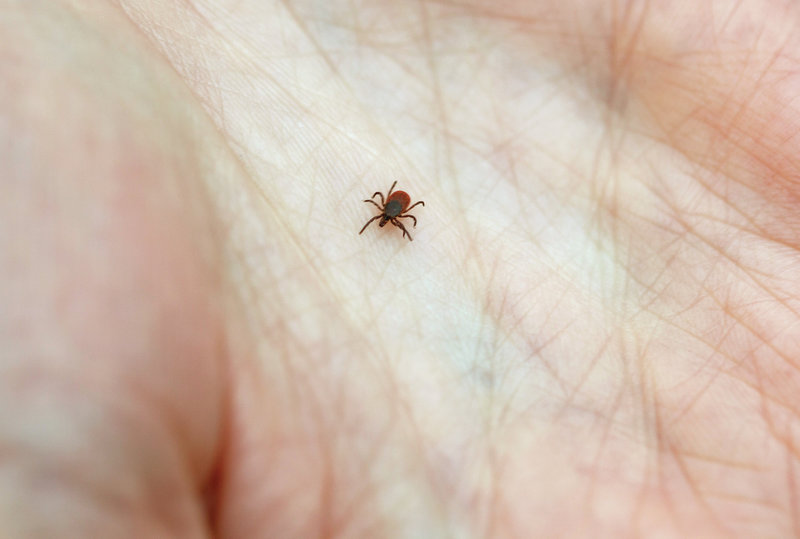New Medical Guidelines Redefine ‘High Blood Pressure’
The definition of high blood pressure just got a little tougher.
Earlier this month, the American College of Radiology and the American Heart Association set the first new comprehensive set of blood pressure guidelines since 2003.
The guidelines lower the definition of high blood pressure and put more people at risk, with the greatest effect expected among young people. The prevalence of high blood pressure is expected to triple among men under age 45, and double among women under 45, authors of the new guidelines said.
Dr. Baran Kilical, a cardiologist and electrophysiologist at Anne Arundel Medical Center, outlines the new guidelines.
What is the new definition of high blood pressure under the guidelines and how did they change?
The American College of Cardiology and the American Heart Association updated the guidelines for management of blood pressure. The new guidelines define normal blood pressure as 120/80 mmHg. The guidelines also eliminate the category of prehypertension.
People who would have categorized as prehypertension now categorize as having either elevated blood pressure or high blood pressure. Elevated blood pressure is now a top (systolic) number of 120 to 129 and bottom (diastolic) number less than 80. High blood pressure or stage 1 hypertension is systolic blood pressure of 130 to 139 and diastolic of 80 to 89. That’s down from 140 over 90 under the previous guidelines. Systolic blood pressure of or greater than 140 and diastolic over 90 categorizes as hypertension stage 2.
Why were the guidelines changed?
The guidelines were updated because of growing evidence that elevated blood pressure, even at modest levels, is harmful to your health. It increases your risk of coronary artery disease, stroke, atrial fibrillation and kidney dysfunction.
Whom will the changes affect impact the most?
These changes will affect approximately 46 percent of Americans. This is a widespread issue.
The new guidelines emphasize socioeconomic stress more as a cause of high blood pressure. How does stress play a role?
Socioeconomic stress is not particularly emphasized, but it is a significant contributor to hypertension. Poor dietary choices, obesity and high salt intake are all worsened by poor socioeconomic conditions.
The new guidelines also emphasize lifestyle changes over medication for some people. Why is this and what kind of lifestyle changes are recommended?
The biggest change is the emphasis placed on early intervention for mildly elevated blood pressure. Interventions to improve blood pressure include lifestyle changes such as reducing alcohol intake to moderate levels, reducing sodium intake, increasing potassium intake, exercising more, losing weight, and following a healthy eating plan such as the DASH diet.
DASH stands for “dietary approaches to stop hypertension,” which include eating more fruits and vegetables, cutting back on saturated and trans fats, and eating more whole-grain foods, fish and poultry.
By following the DASH diet, for instance, a person can decrease their blood pressure by approximately 11 mmHg. So it is possible to completely control blood pressure without medication in the early stages.
Do you think the new guidelines will be helpful in addressing cardiovascular disease?
There is extensive research showing that untreated hypertension increases your risk of coronary artery disease and death. This is an easily treatable condition. The new guidelines bring to light the importance of good blood pressure control with lifestyle changes and with medications if necessary. Many of these changes also improve health and reduce risk of cardiovascular disease independent of its effects on blood pressure. It’s a “win-win” proposition.


